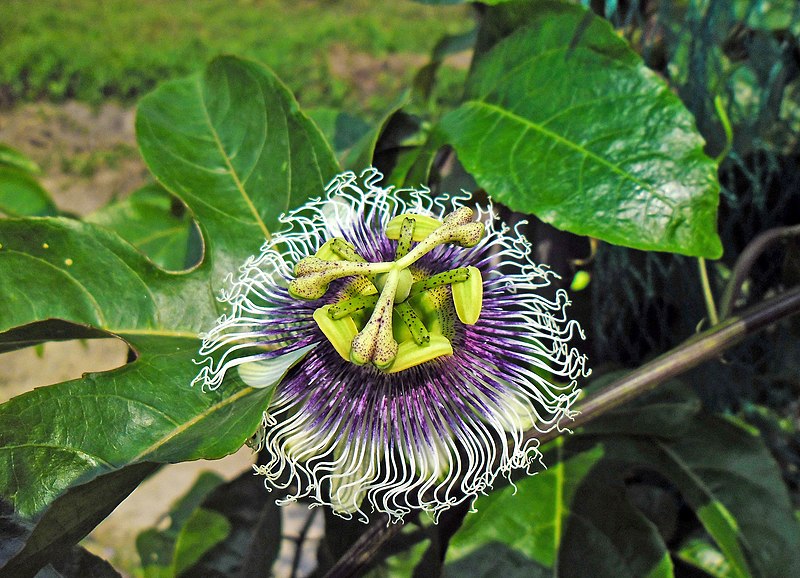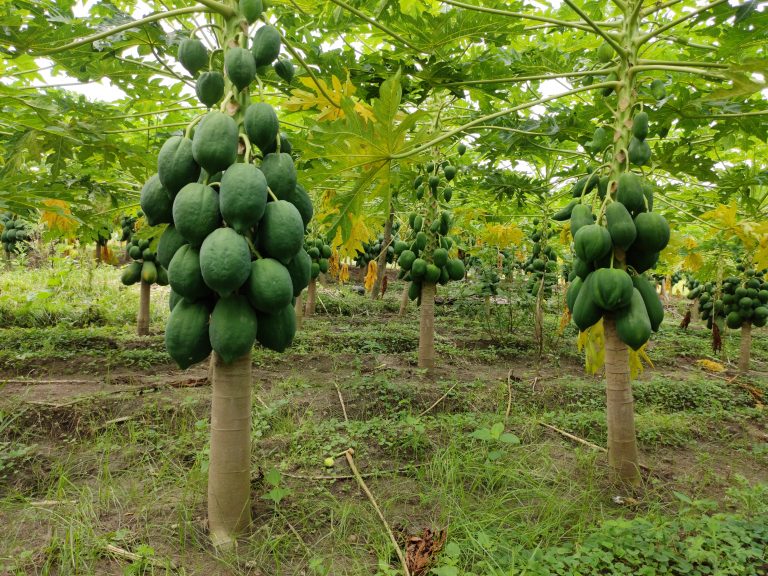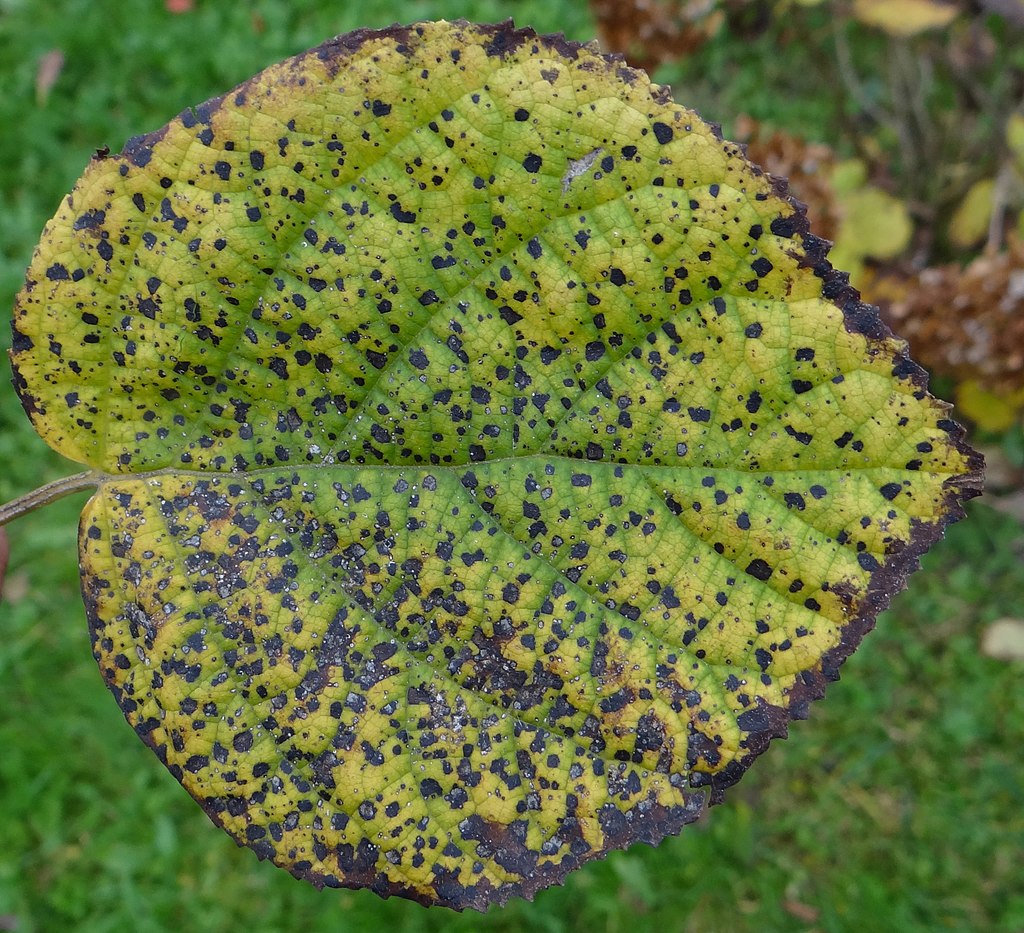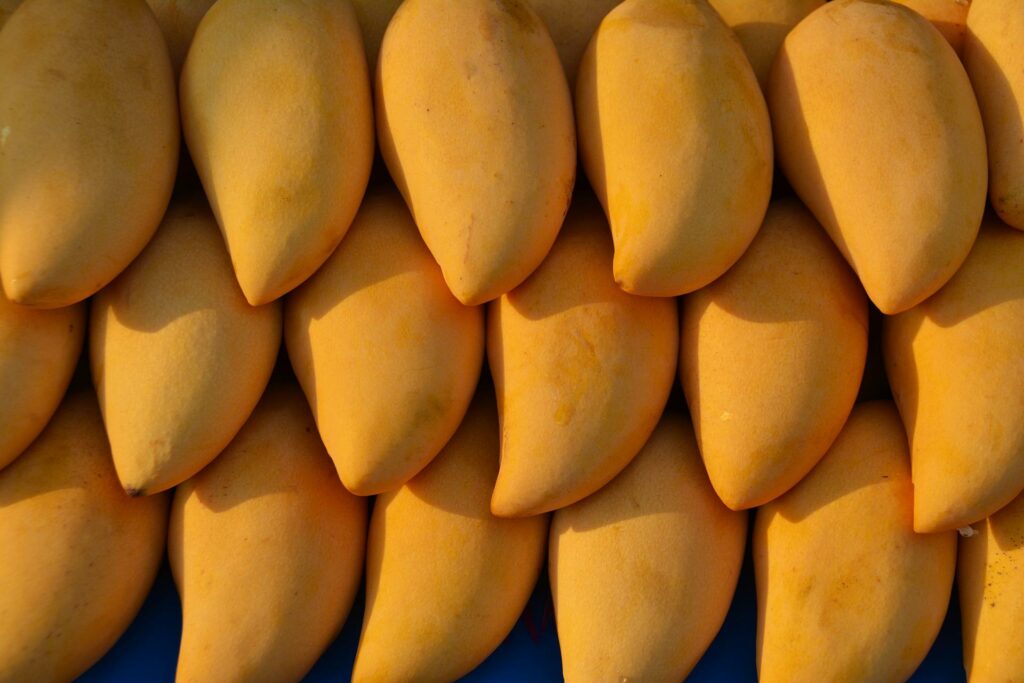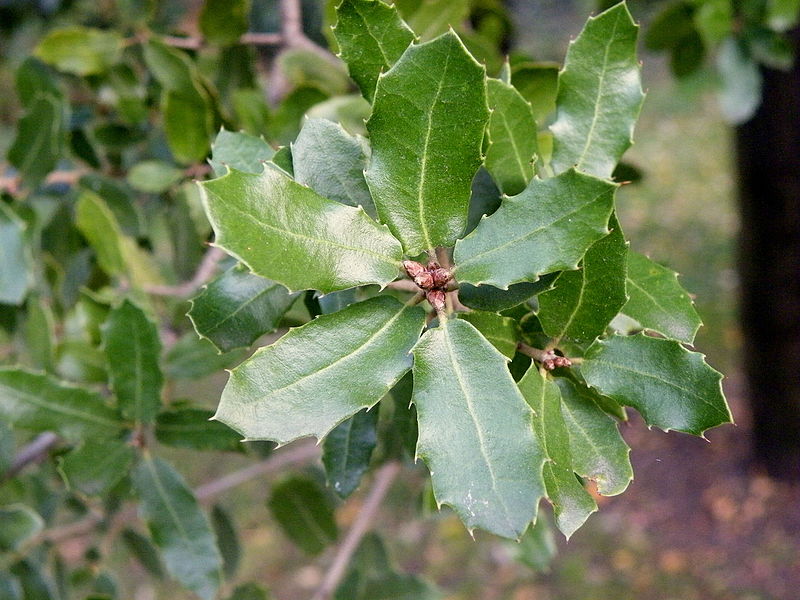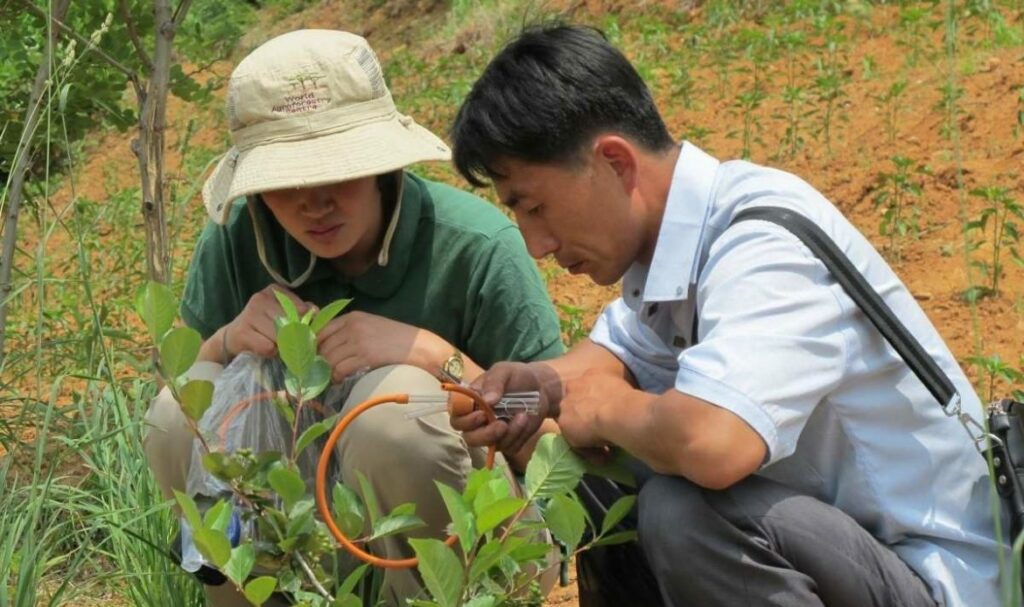Crop-Livestock clinics in Uganda – One Health in practice
One Health approach to crop and livestock care in Uganda benefits hundreds of farmers The pandemic fundamentally changed the way we see health. Strong evidence points to COVID-19 originating in bats, and that connection has made us re-think the link between animal and human health. Moreover, the threat of climate change and pollution is forcing…
Update: New Pest & Disease Records (12 January 2022)
We’ve selected a few of the latest new geographic, host and species records for plant pests and diseases from CAB Abstracts. Records this month include the first report of Sclerotinia sclerotiorum on Atractylodes lancea in China and the first report of carrot torrado virus 1 (CaTV1) naturally infecting carrots in Spain.
Update: New Pest & Disease Records (05 December 2022)
We’ve selected a few of the latest new geographic, host and species records for plant pests and diseases from CAB Abstracts. Records this month include information about a new virus disease of sunflower from Nebraska and the isolation and identification of the top blight pathogen of Passiflora edulis.
Update: New Pest & Disease Records (07 November 2022)
We’ve selected a few of the latest new geographic, host and species records for plant pests and diseases from CAB Abstracts. Records this month include the first report of Tobacco mosaic virus infecting papaya in China and the first report of fruit rot of sweet pepper caused by Cladosporium cladosporioides in Israel.
Update: New Pest & Disease Records (11 October 2022)
We’ve selected a few of the latest new geographic, host and species records for plant pests and diseases from CAB Abstracts. Records this month include the first report of Corynespora cassiicola causing target spot on cotton in South India and the first report of ‘Candidatus Phytoplasma fragariae’ infecting hazelnut in Italy.
Update: New Pest & Disease Records (7 September 2022)
We’ve selected a few of the latest new geographic, host and species records for plant pests and diseases from CAB Abstracts. Records this month include a new distribution record of palm whitefly Aleurotrachelus atratus in India and the first report of coffee canker disease caused by Ceratocystis fimbriata in China.
4 mango disorders that can affect yields
Having been cultivated for centuries, mango is an important crop throughout tropical regions globally. A wide range of fresh mango cultivars are now consumed worldwide and are available all year round, making it a valuable commodity. In 2020, the global export of mangoes, guavas and mangosteens rose to approximately 2.2 million tonnes.
Update: New Pest & Disease Records (5 August 2022)
We’ve selected a few of the latest new geographic, host and species records for plant pests and diseases from CAB Abstracts. Records this month include the first report of Pestalotiopsis biciliata causing dieback on Quercus coccifera and Pistacia lentiscus in Tunisia and the first report of Sida leaf curl virus and associated betasatellite from tobacco.
Update: New Pest & Disease Records (8 July 2022)
We’ve selected a few of the latest new geographic, host and species records for plant pests and diseases from CAB Abstracts. Records this month include two new species of Plasmopara affecting wild grapes in the USA and the first report of rust disease on Potentilla indica caused by Phragmidium duchesneae in Japan.



